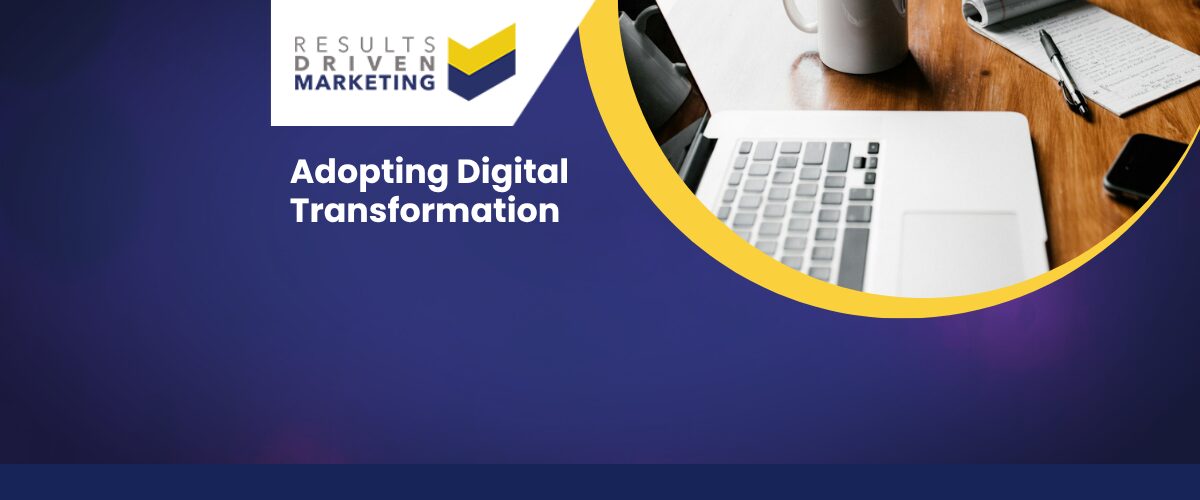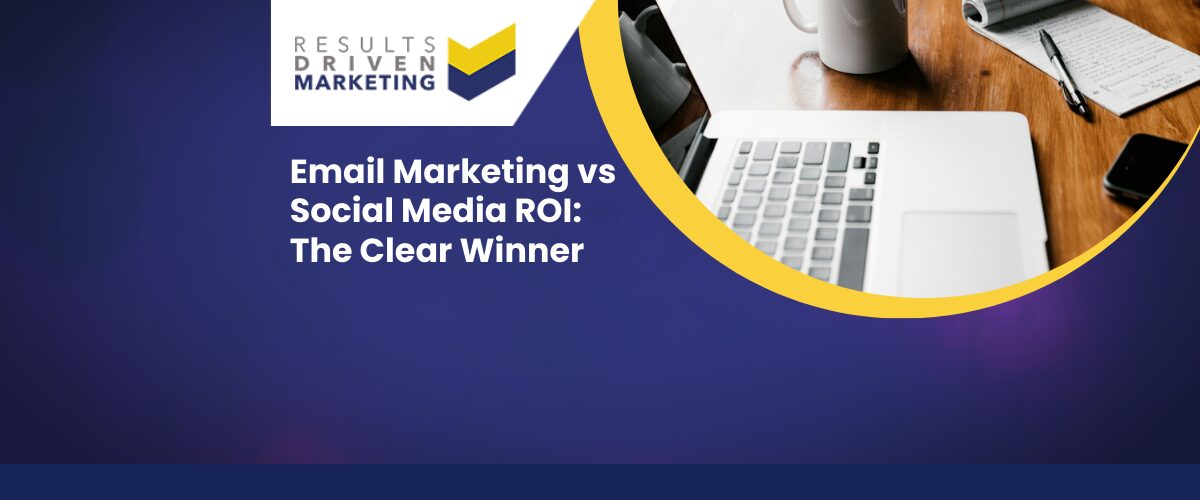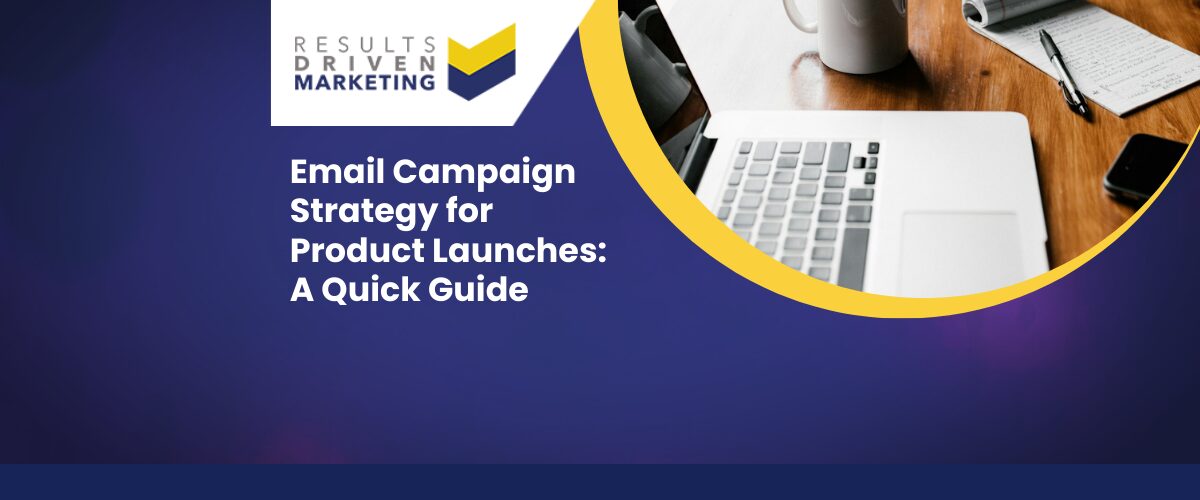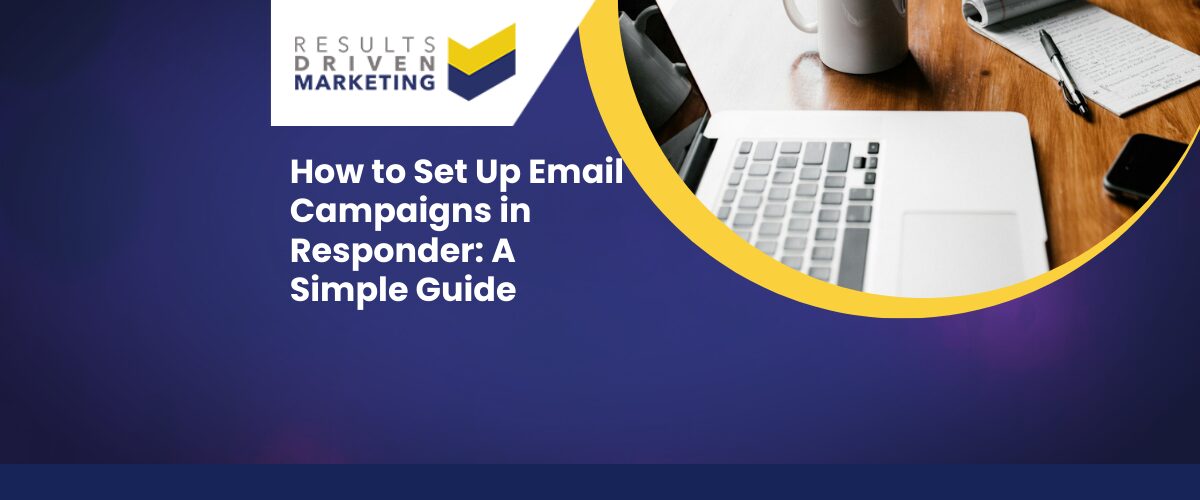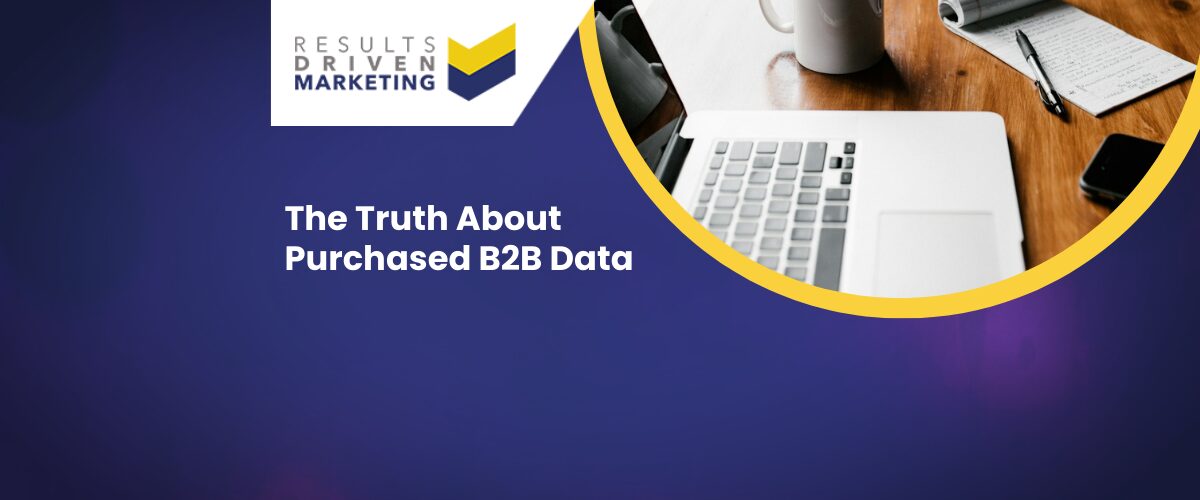
The Truth About Purchased B2B Data — How to Use It Properly
Why It’s Time to Rethink Purchased B2B Data
Purchased B2B data has a bit of a reputation problem.
Speak to enough marketers or business owners and you’ll hear the same comments:
“Isn’t that stuff just spammy?”
“Is it even legal?”
“We tried it once — didn’t get a single reply.”
And we get it. Bad data and lazy outreach have given the entire concept a black eye. But here’s the thing: purchased B2B data isn’t the problem — poor usage is.
Used the right way, with the right provider and the right approach, purchased B2B data can be one of the most powerful marketing tools in your arsenal — especially if you’re an SME trying to grow without a massive brand or inbound pipeline.
It’s Not Just About ‘Buying Leads’
Let’s clear something up early: purchased data isn’t about grabbing a list and blasting it with sales pitches. That’s a shortcut to poor results — and an even poorer reputation.
Smart businesses use purchased data strategically:
-
To reach into new markets or industries
-
To test messaging before scaling
-
To supplement slower inbound channels
-
To fuel targeted multichannel campaigns that drive real conversations
Done right, it’s not “cold outreach.” It’s warm, strategic prospecting to people who haven’t heard of you yet — but should.
This Article Will Show You How to Do It Right
In this guide, we’ll walk you through:
-
Why purchased B2B data gets a bad name (and how to overcome it)
-
When and why it makes sense to use it
-
How to build a campaign that’s ethical, effective, and built for ROI
-
Compliance basics you actually need to know — no scare tactics
-
And what kind of results to expect if you do it properly
Whether you’re new to using third-party data or looking to finally make it work, you’re in the right place.
Let’s set the record straight — and show you how to make purchased B2B data work hard for your business.
Why Purchased B2B Data Gets a Bad Reputation
If you’ve ever been told that purchased B2B data is “dodgy,” “spammy,” or “a waste of time,” you’re not alone. There’s a lot of noise — and not all of it is unfounded. But most of the bad experiences come from one root problem: misuse, not the data itself.
The 3 Most Common Misconceptions
“It’s illegal”
This is the most damaging — and most misunderstood — myth.**
In the UK, using purchased B2B data is legal if done correctly. GDPR allows for legitimate interest when contacting business professionals, as long as the outreach is relevant, respectful, and gives people a clear way to opt out.
But when companies buy data and use it without thinking — blasting irrelevant messages to the wrong people — it quickly becomes non-compliant. It’s not about the data being illegal. It’s about how it’s used.
“It damages your sender reputation”
Only if you use it recklessly.**
Yes, bad data can hurt your domain and email deliverability. But that doesn’t mean all purchased data is harmful. If your list is targeted, up to date, and you’re using best practices for email infrastructure, warming, and content — you’re not at risk.
Problems come when companies buy huge, unfiltered lists and send generic messages from a brand-new domain. That’s like walking into a room of strangers and yelling — no wonder nobody listens.
**“It doesn’t convert”
Actually, it can — if you treat it like a long game.**
Purchased data rarely delivers instant results, and it’s not supposed to. This isn’t about quick wins — it’s about starting conversations and nurturing leads that would never have found you organically.
The conversion potential lies in how well you:
-
Segment your list
-
Speak directly to your audience’s challenges
-
Follow up consistently with value
When used properly, purchased B2B data can outperform inbound lists — especially in niche sectors or for outbound-led businesses.
The Real Problem? A Lack of Strategy
At the heart of most poor experiences is this: someone bought a list, hit “send,” and hoped for the best. Not segmenting. No warm-up. No value in the message.
That’s not strategy — that’s spray and pray. And it’s why purchased data has a PR problem.
But with the right approach, it becomes a scalable, smart, and compliant way to grow — especially for SMEs that don’t have time to wait around for leads.
When Purchased B2B Data Makes Sense
Used with intention, purchased B2B data can be a growth engine, especially for small and medium-sized businesses. The key is knowing when to use it — and being clear about what role it plays in your overall sales and marketing strategy.
Ideal Scenarios for Using Purchased Data
Launching a New Product or Service
When you’re entering the market with something new, chances are you don’t yet have a relevant audience built up. Purchased B2B data allows you to go straight to your ideal buyers with a tailored message — even if they’ve never heard of you before.
Rather than waiting for SEO to kick in or hoping your LinkedIn post gets traction, you can start conversations today.
Expanding Into a New Industry or Region
Maybe your business has been strong in one sector — say, financial services — and now you want to break into manufacturing. Or perhaps you’re moving from local to national coverage.
In both cases, purchased data helps you test the waters with a targeted outreach campaign — building early traction without relying on guesswork.
Filling Pipeline Gaps Quickly
Lead flow dried up? Campaigns stalling? You don’t always have time to wait for inbound to recover.
With a high-quality B2B list, you can build a predictable outbound pipeline fast — while still staying compliant and on-brand.
Who Benefits Most from Using Purchased B2B Data?
SMEs Without Big Databases
Smaller businesses often don’t have the luxury of huge CRM volumes. Purchased data provides reach at scale, enabling you to target your ideal customers without waiting for them to come to you.
Sales-Led Organisations
If your team thrives on outbound — phone calls, email follow-ups, demos — you need leads to feed that engine. And that’s where purchased data shines: it gives your team fuel to work with.
Businesses in Niche or Hard-to-Reach Markets
When you sell a niche solution, organic traffic can be painfully slow. Purchased data lets you zero in on the right decision-makers without relying on broad digital visibility.
It’s Not About Replacing Inbound — It’s About Adding Control
Inbound is brilliant for warm leads — but it’s also slow and unpredictable. Purchased B2B data gives you control over who you speak to, when, and how.
You’re not just sitting back waiting. You’re proactively creating opportunity.
How to Use Purchased B2B Data Properly
Let’s be clear: purchased B2B data can work — but only if you use it with intention and precision. If you treat it like a blunt instrument, you’ll get blunt results. But with a few smart steps, you can turn a raw list into a campaign that delivers real conversations, leads, and revenue.
Step 1 – Source Responsibly
Not all data providers are created equal. Some are reselling stale, recycled databases. Others, like us, build data to your exact requirements — fresh, accurate, and relevant to your campaign.
What to Look for in a Data Supplier
-
Recency — When was the data last verified or updated?
-
Source Transparency — Where does the data come from?
-
Compliance Checks — Are numbers screened against CTPS? Are opt-outs respected?
-
Customisation Options — Can you filter by job title, company size, region, and sector?
If your provider can’t answer these questions clearly, walk away.
Step 2 – Segment Before You Send
Don’t treat your data as one big list. Treat it like a set of micro-campaigns waiting to happen.
How to Segment Effectively
-
By Job Title – Tailor messaging for decision-makers vs. influencers
-
By Sector – Different industries, different pain points
-
By Company Size – SMBs vs. large enterprises have very different buying cycles
-
By Geography – Add local relevance where possible
The more specific your targeting, the more relevant your outreach — and the more likely it is to land.
Step 3 – Set Realistic Campaign Goals
Purchased data isn’t magic — it’s a tool. And like any tool, it works best when used with a clear goal.
Don’t Chase Sales — Chase Conversations
If you expect a direct sale from your first email or call, you’ll be disappointed. Instead:
-
Aim for replies, demos, or discovery calls
-
Track engagement — opens, clicks, replies — to learn what works
-
Build a nurture path that takes prospects from cold to interested
Step 4 – Write Outreach That Works
Forget the hard sell. Your prospects don’t know you yet, and they don’t owe you their time. Respect that.
Focus on Value, Not Features
-
Talk about outcomes, not what your product “does”
-
Use plain English, avoid jargon
-
Make it about them, not you
Personalise — But Don’t Fake It
You don’t need first names and birthdays. Instead, personalise by:
-
Industry-specific challenges
-
Role-specific responsibilities
-
Recent market trends
Step 5 – Follow Up with Intent
The follow-up is where most conversions actually happen — not the first touch.
Build a Follow-Up Sequence
-
Day 1: Intro email
-
Day 3: Follow-up with added value
-
Day 7: “Just checking in” message
-
Day 14: Offer a piece of content or a direct question
-
Day 21: Last-chance message
Use email, phone, and LinkedIn in combination to increase touchpoints and visibility.
Using purchased B2B data properly is about being targeted, respectful, and strategic. Do that, and it stops being “cold data” — it becomes the start of real opportunity.
Legal Considerations & Compliance
Let’s address the elephant in the room: Is using purchased B2B data actually legal?
The short answer? Yes — when done correctly.
In the UK, B2B outreach using purchased data is entirely legal under GDPR and PECR guidelines — as long as you follow the rules and act responsibly.
Is It Legal to Use Purchased B2B Data?
There’s a lot of confusion (and fear-mongering) around GDPR. But here’s what SME decision-makers need to know:
The Legal Basis — Legitimate Interest
Under GDPR, one of the lawful bases for contacting someone is legitimate interest — and this applies especially in a B2B context.
You can reach out to business contacts without prior consent if:
-
They are being contacted in their professional capacity (e.g., work email address)
-
The product or service you’re offering is relevant to their role or company
-
You provide a clear and easy opt-out mechanism
This means you can lawfully email a marketing director at a UK business with a relevant offer, even if they haven’t opted in — as long as you follow best practices.
How PECR (Privacy and Electronic Communications Regulations) Fits In
PECR complements GDPR and focuses specifically on electronic communications. For B2B marketing, it allows:
-
Email and SMS outreach to corporate email addresses (e.g., joe.bloggs@company.com)
-
Without prior consent, if the message is relevant to the recipient’s job
However, sole traders and partnerships are treated more like individuals (B2C), so extra care is needed there.
Best Practices for Staying Compliant
Just because something is legal doesn’t mean you should take shortcuts. Compliance isn’t just about avoiding fines — it’s about building trust and credibility with your audience.
Here’s what you should always do:
-
✅ Target accurately — Don’t send irrelevant offers
-
✅ Screen your data against suppression lists like CTPS and internal opt-outs
-
✅ Use a business email domain (avoid Gmail/Hotmail-type senders)
-
✅ Include a visible, one-click opt-out in every email
-
✅ Keep good records of your data sources and outreach activity
And here’s what to avoid:
-
❌ Sending to consumers or personal email addresses (unless consented)
-
❌ Misleading subject lines or bait-and-switch tactics
-
❌ Sending the same message to 10,000 people without segmentation
Being compliant isn’t a hurdle — it’s a strategic advantage.
When your prospects see that you’re relevant, respectful, and transparent, they’re far more likely to engage.
How to Maximise Results from Purchased Data
Using purchased B2B data isn’t just about sending messages — it’s about making the most of every record, every touchpoint, and every opportunity. Done right, you can turn cold data into warm leads, high-quality conversations, and real revenue.
Use the Right Tools to Support Your Campaign
To get the best from your data, you need the right infrastructure. The biggest mistake we see? Businesses trying to run cold outreach on tools built for inbound, opt-in audiences.
Use an Email Platform That Accepts Third-Party Data
Platforms like Responder (ours) are designed specifically for purchased data campaigns. They:
-
Accept compliant, non-opt-in data
-
Are optimised for cold outreach deliverability
-
Offer dedicated IPs or warmed pools to protect your sender reputation
-
Give you the flexibility to scale while staying compliant
Using Mailchimp for cold campaigns? That’s a fast track to a banned account and poor delivery.
Measure What Actually Matters
Too many SME campaigns focus only on vanity metrics: open rates, clicks, unsubscribes. But to truly maximise results, you need to go deeper.
Key Metrics to Track:
-
Delivery Rate – Is your data clean and your tech set up correctly?
-
Open Rate – Is your subject line relevant and attention-grabbing?
-
Reply Rate – Are you sparking real conversations?
-
Positive Engagement – Booked calls, requests for info, warm replies
-
Conversion Rate – Meetings to proposals, proposals to deals
Tracking all of these helps you pinpoint what’s working — and fix what’s not.
Keep Your Data Clean and Up to Date
Data decays fast — people change jobs, roles shift, companies close. If you’re not keeping your list fresh, you’re burning time and risking your sender reputation.
H4: Best Practices for Data Hygiene
-
Remove bounced addresses after each send
-
Update or remove contacts who’ve opted out
-
Clean and resegment your list every few months
-
Enrich your best-performing segments for deeper campaigns
Regular cleansing helps you get better results from smaller lists — and ensures your campaigns stay relevant.
Reuse and Repurpose — the Smart Way
You don’t need a new list for every campaign. In fact, some of your best results may come from a second or third touch with the same contact — if it’s done right.
When to Reuse Data:
-
The first campaign saw high open rates but low replies? Try a new message.
-
Got a “not now” response? Circle back in 3 months.
-
Different product or service? Re-segment and relaunch.
Every campaign gives you more insight. Use that data to refine your targeting, improve your message, and re-engage the right people at the right time.
Purchased B2B data isn’t just a list — it’s a foundation. The more thoughtfully you use it, the more value you’ll extract.
Final Thoughts — Rethinking the Value of Purchased B2B Data
Purchased B2B data gets a bad rap — often from companies who used it poorly, picked the wrong supplier, or didn’t have a plan. But as you’ve seen throughout this guide, the data itself isn’t the problem.
Used correctly, purchased data can:
-
Get you in front of decision-makers faster
-
Open new market opportunities
-
Power scalable, compliant outbound campaigns
-
Help you take control of your lead generation
And that’s exactly what growing SMEs need.
Key Takeaways
-
Legality: Purchased B2B data is legal in the UK if you follow GDPR and PECR best practices.
-
Effectiveness: It works when paired with good segmentation, smart messaging, and strong follow-up.
-
Control: It puts your lead gen in your hands — not at the mercy of algorithms or wait-and-see tactics.
-
Execution: Your results will only ever be as good as your process. Strategy first, always.
You’re Not Just Buying Data — You’re Building Opportunity
When you partner with the right supplier and execute with care, you’re not buying names on a spreadsheet — you’re investing in a repeatable, scalable growth engine.
You’re creating an outbound system that:
-
Reaches the right people
-
Starts the right conversations
-
Builds long-term pipeline
What to Do Next
If you’re ready to start seeing better results from your outreach — or want help getting your next campaign off the ground — we’re here to help.
📞 Ready to Get More from Your B2B Data? Let’s Talk.
Whether you’re running your first outreach campaign or looking to improve your results with purchased B2B data, we’re here to help.
Book a free 15-minute consultation with one of our experts — no hard sell, just honest advice on how to:
-
Reach the right decision-makers
-
Stay compliant and effective
-
Get better ROI from your next campaign
👉 Book Your Free Consultation Now »
Let’s unlock the full potential of your data.


